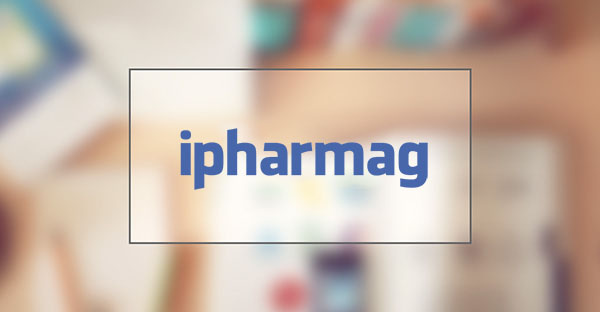Introduction
This blog post aims to shed light on the critical issue of accessibility in pharmaceutical care and explore strategies to break barriers that hinder equal access to medicines for all.
The Challenge of Accessibility in Pharmaceutical Care
Accessibility in pharmaceutical care is a significant concern for individuals with disabilities, who often face unique challenges when it comes to accessing and using medications. These challenges can include:
- Lack of accessible information about medications, such as packaging that is difficult to open or read.
- Difficulty understanding complex medication instructions due to limited literacy skills or cognitive impairments.
- Inadequate support from healthcare providers to address accessibility needs.
Addressing Accessibility Issues in Pharmaceutical Care
To improve accessibility in pharmaceutical care, several strategies can be implemented:
1. Improving Medication Packaging
– Making medication packaging easier to open for individuals with physical disabilities.
– Using large, clear fonts and simple language for those with visual or literacy impairments.
– Incorporating Braille and audio alternatives for visually impaired individuals.
2. Simplifying Medication Instructions
– Utilizing plain language and avoiding medical jargon to make instructions more accessible.
– Providing visual aids, such as diagrams or videos, to help individuals understand how to take their medication.
3. Enhancing Communication with Healthcare Providers
– Encouraging healthcare providers to be aware of accessibility needs and to provide accommodations as needed.
– Offering training to healthcare providers on communicating effectively with patients with disabilities.
– Providing resources and support for patients to advocate for their accessibility needs.
Conclusion
Addressing accessibility issues in pharmaceutical care is crucial for ensuring that all individuals have equal access to the medicines they need. By implementing strategies like improving medication packaging, simplifying medication instructions, and enhancing communication with healthcare providers, we can break barriers and make pharmaceutical care more inclusive for everyone.

